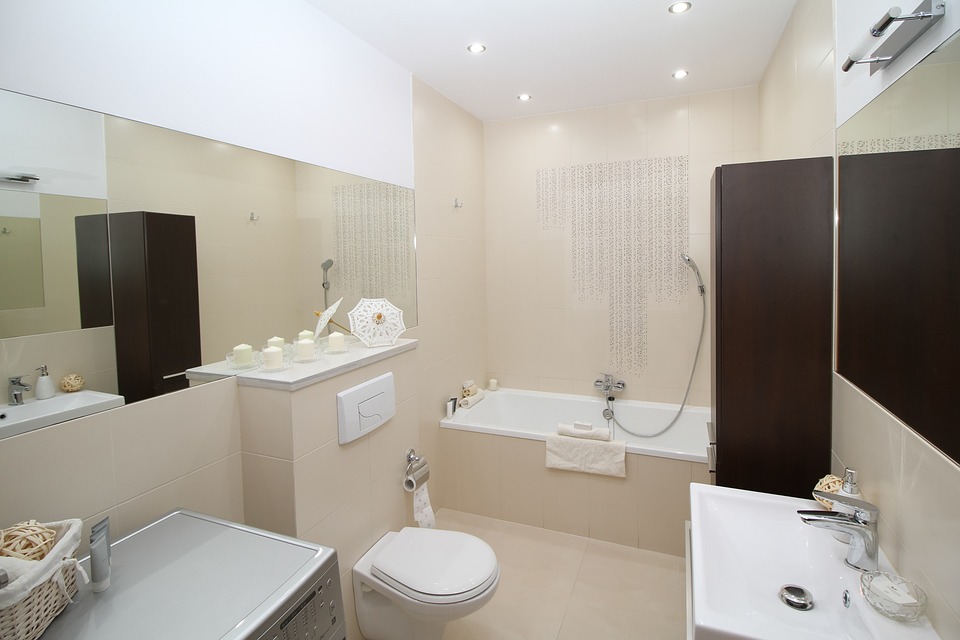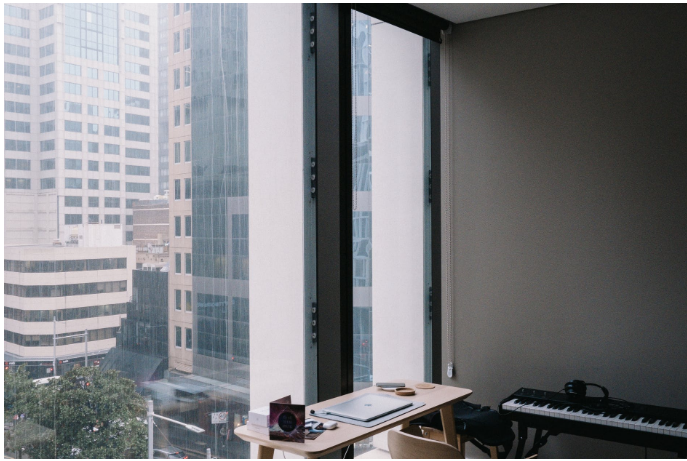Portable air conditioners claim to provide the same cooling as window AC units without the need for permanent installation or blocking the entire window. Mobile AC units may not be as powerful or efficient as other AC units, but they are the only option for some households. This article will explain how portable air conditioners operate, compare them to other cooling systems and discuss their efficiency and maintenance.
What is the working principle of portable air conditioners?
Portable air conditioners are similar to other AC systems because they have the same components and work similarly. The two central mobile systems are single-hose and dual-hose, which circulate the air differently. Both types require tubing to be attached to an opened window to maintain airflow. It should be placed 5 to 7 feet from the walls. The two types of air conditioners work differently.
Single-Hose Air Conditioners
The single-hose units draw air from the space they are installed in. This creates cool air. The motor in the unit blows air at room temperature over the evaporator coils. This pulls heat out of the air and converts it to the refrigerant. The atmosphere is blown out of the unit, and the refrigerant that has been heated is sent back to the condenser in the compressor coils to cool down. Condenser coils exhaust this heat via a single exhaust pipe connected to a window nearby. Self-evaporative systems also use the hose to vent excess moisture.
Single-hose air conditioners tend to be the least expensive and effective. They take longer than other air conditioners to cool a room. This is because the system uses room air that it has just cooled to cool the condenser’s coils. It’s like it is constantly undoing the work that it has just done. The intake can also create negative pressure, drawing in warm air from another room and slow cooling. Single-hose units work best for small spaces with modest budgets.
Dual-Hose Air Conditioners
Dual-hose air conditioners work similarly to single-hose units, except for one crucial difference: They have separate air intake and exhaust hoses. It uses outdoor air instead of indoor air to cool the heated refrigerant in the condenser. Dual-hose units are more expensive but more effective and efficient at cooling larger spaces.
Portable Air Conditioners and Other Air Conditioning Options
Many homeowners are curious about how portable AC systems compare to other air conditioning units. A portable AC unit is generally less powerful and efficient than other HVAC systems but has certain benefits. Here are some direct contrasts.
Central Air Conditioner
Central air conditioning is the most powerful cooling system for homes. It uses a central unit that cools air and distributes it throughout a duct network. Central air conditioning is the most powerful cooling system for houses in hot climates all year round. However, it can be expensive to install, operate, and purchase. Installing central AC is even more costly and disruptive if you don’t have ductwork in your home.
Portable air conditioners are a better option for cooling down only during heat waves. It’s less powerful and only cools a single room at a given time. However, it is more versatile and cost-effective. Most homeowners who use portable AC units are in climates that don’t require central air conditioning.
Mini-Split Ductless
Mini-split air conditioners can cool several rooms in a house without requiring ductwork. These systems require installing an air handler in each room you wish to cool. These air handlers are only for some, but they can be retrofitted into older buildings much more quickly than ductwork. They have the same disadvantages as central AC systems but are expensive to install and operate. If you are considering one, you’ll need more cooling power from a mini-split.
Window Air Conditioner
Window air conditioners and portable AC units have many similarities. Both are packaged units designed to cool one room. Window AC units are more powerful, cheaper, and energy-efficient than portable air conditioners. The window AC units are quieter and don’t require any floor space. Some are even lighter and easier to install, especially if they’re part of DIY window kits.
Portable AC units have some advantages. The hoses are smaller and take up less space in the window. They can also be stored when unused, which is much easier than with a window AC unit. They can also be used in apartments or rental units, where it may not be possible to install a window AC. Portable air conditioners are not the best option if you cannot install a window unit.
Heat Pump
Heat pumps are cooling systems for the home that replace heat rather than create cold air. These systems pull heat indoors during winter and push it outside in the summer. Heat pumps have traditionally worked better in milder climates. However, technological advances are now making them a viable option for central AC and ductless mini splits. They are more effective in large rooms than portable AC units.
Evaporative Cooler
Swamp coolers and evaporative coolers work differently from air conditioners. The air is blown over a wet fiber pad and cools as the moisture evaporates. They are cheaper to purchase and operate than air conditioners and use 60 to 80% less energy. They won’t work, however, in humid climates with air already saturated by water vapor.
Portable Air Conditioner Features
Some portable AC units have the following features:
- Dehumidifier While most air conditioners cool the air, they also dehumidify it.
- Storage and portability: Some mobile units have collapsible hoses or parts that can be folded.
- Remote Control: Certain units have remote controls that allow you to control them remotely. Some teams can interface with your smart home devices or mobile phone.
- Thermostat: Every air conditioner should have a feature allowing you to change the temperature.
- Timers: You can start or stop your air conditioning based on time.
Portable Air Conditioner Maintenance
You can do the majority of the maintenance yourself. You must clean or replace the air filters as you would with any other air conditioner. If you live in an area with high humidity, it may be necessary to empty your water collection tray or bucket frequently. When you’re not using the unit, store it in its case. You can also cover it with a plastic tarp.





